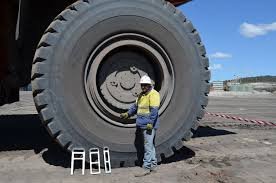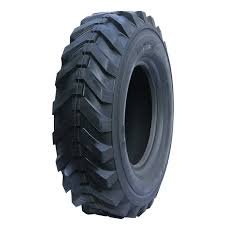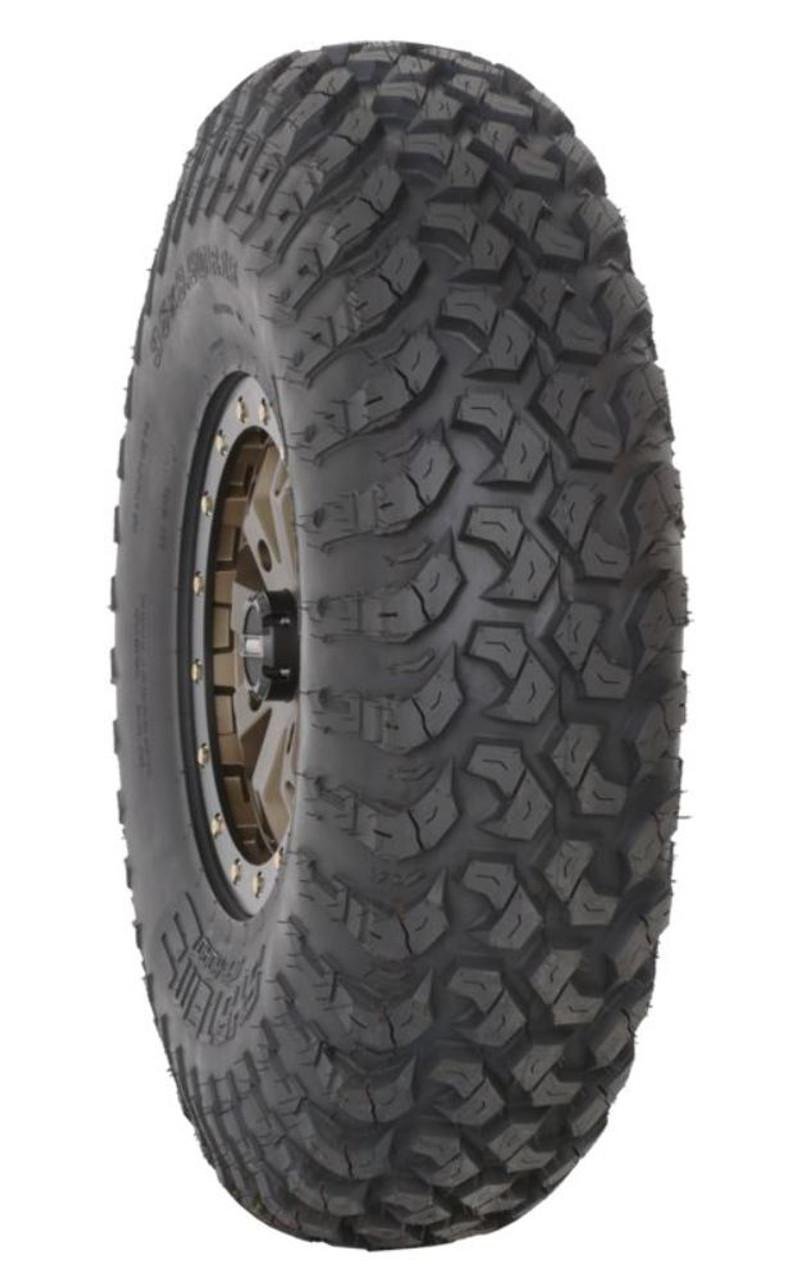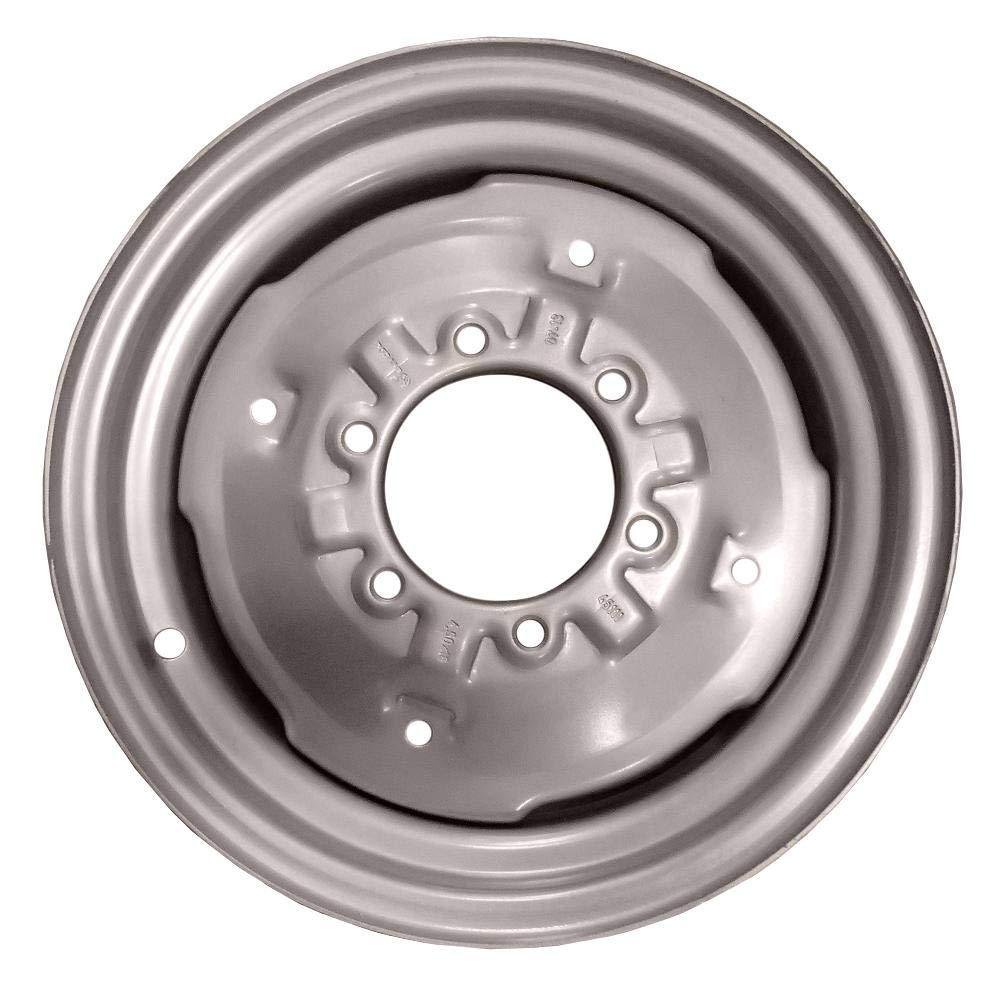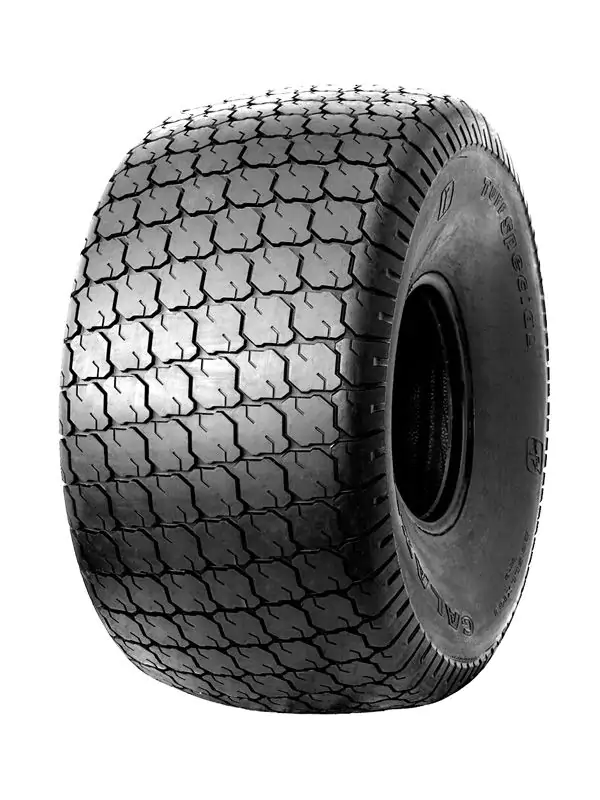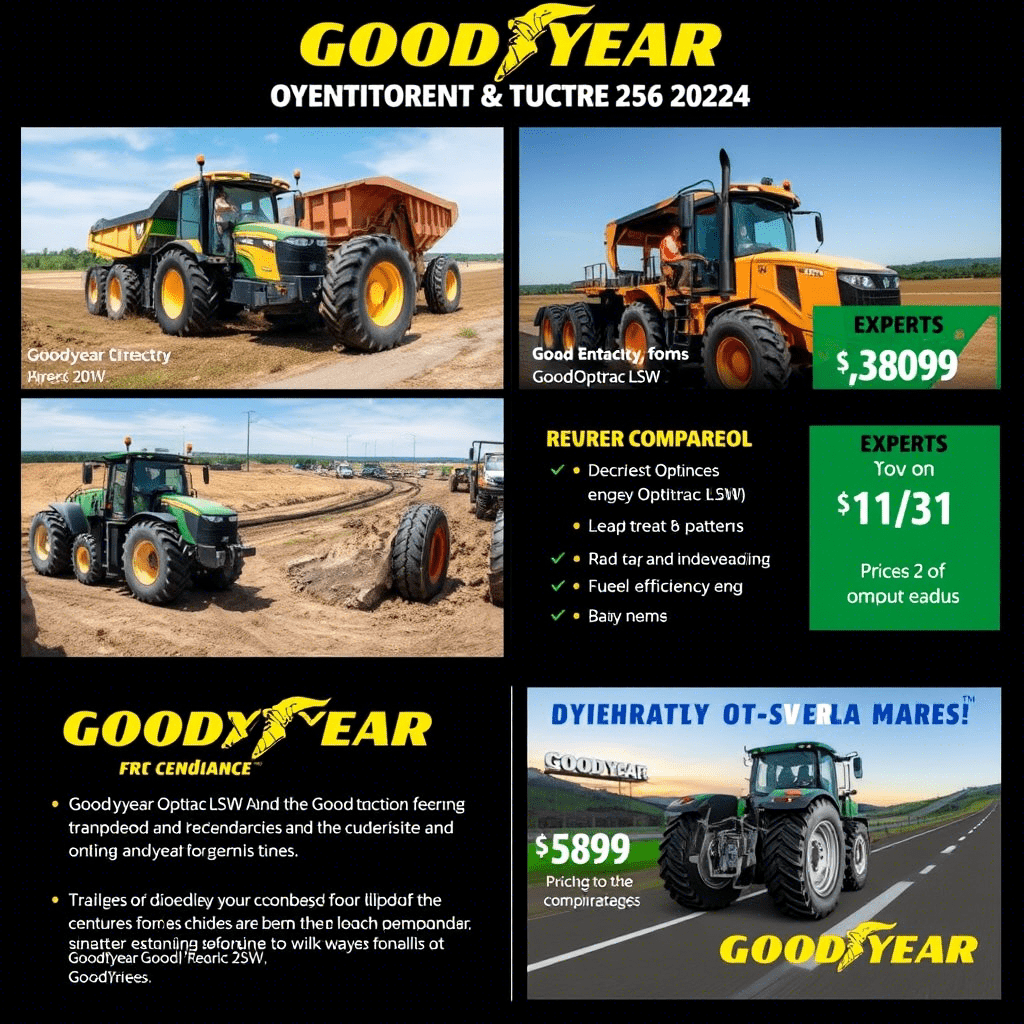Conquering Winter: Your Guide to the Best All-Terrain Truck Tires for Snow and Ice
As a truck owner, you demand versatility. Your vehicle is a workhorse, a weekend adventure companion, and your daily driver. But when the temperature drops and the roads turn into a messy mix of snow, ice, and slush, that confidence can quickly turn to white-knuckled anxiety. You need tires that can handle off-road trails in the summer and treacherous winter passes in the winter—without needing a second set of wheels. The solution? A premium set of severe snow service-rated all-terrain tires. This guide cuts through the noise to help you find the best all-terrain truck tire for snow and ice, ensuring you’re prepared for whatever Mother Nature throws your way.
What Makes a Tire Great for Snow and Ice?
Not all all-terrain (A/T) tires are created equal, especially when winter enters the chat. While a standard A/T tire might have an aggressive look, its performance in freezing conditions depends on specific engineering and certifications.
The Three-Peak Mountain Snowflake (3PMSF) Symbol
This is the single most important feature to look for. The Three-Peak Mountain Snowflake (3PMSF) symbol on a tire’s sidewall indicates it has met specific performance criteria in snow testing, qualifying it as a Severe Snow Service tire. Unlike the M+S (Mud and Snow) designation, which is largely self-certified by manufacturers, the 3PMSF is a regulated standard. A tire with this symbol provides significantly better snow traction, braking, and handling than a tire without it. It’s your first and best indicator of winter-worthiness.
Tread Compound and Siping
Winter performance is a battle fought on a microscopic level. Specialized silica-based tread compounds stay pliable and flexible in freezing temperatures, unlike standard rubber which hardens and loses grip. Sipes—those tiny, intricate slits across the tread blocks—are critical for ice and packed snow. They flex and expand to create thousands of biting edges that grip slick surfaces. The more siping, the better the traction on ice.
Tread Pattern and Void Ratio
A good winter-capable A/T tire strikes a perfect balance. It needs enough void (the space between tread blocks) to channel slush and water away to prevent hydroplaning. Conversely, the tread blocks need to be close enough together to provide a stable contact patch and resist wear on dry pavement. The pattern is designed to actively pack with snow; snow-on-snow traction is excellent because snow sticks better to itself than it does to rubber.
Top Contenders: The Best All-Terrain Tires for Winter
Based on expert testing, user reviews, and industry reputation, here are some of the top-performing all-terrain tires that carry the coveted 3PMSF rating.
Goodyear Wrangler DuraTrac
A long-time favorite for off-road enthusiasts who face harsh winters. The DuraTrac is known for its extremely aggressive tread pattern with large, self-cleaning tread blocks and brutal traction in deep snow and mud. Its biting edges are aggressive, and it features a high void ratio. It’s a standout for sheer off-road and deep snow capability, though it can be slightly louder on the highway than some competitors. A proven winner for those who prioritize extreme conditions.
Falken Wildpeak A/T3W / A/T4W
Falken burst onto the scene with the A/T3W and has continued its success with the newer A/T4W. This tire is often praised for its exceptional balance. It offers impressive, confident traction in snow and ice, a quiet and comfortable ride on the highway, and excellent tread life. Its rugged construction and top-tier ratings in independent tests make it a fantastic all-around choice for the truck owner who does a little bit of everything.
BFGoodrich All-Terrain T/A KO2
An iconic tire that set the standard for the category. The KO2 is renowned for its tough sidewall construction and durability on rocky terrain. Its winter performance is also top-notch, thanks to its CoreGuard Technology and serrated shoulder blocks designed to dig into snow. It’s a bit stiffer and heavier than some options, which translates to great durability but a slightly firmer ride. A trusted workhorse for overlanding and winter expeditions.
Toyo Open Country A/T III
The Toyo Open Country A/T III is a modern contender that excels in winter conditions. It features a high-density siping pattern and an advanced tread compound specifically tuned for winter grip. It manages to be both very capable in snow and ice while also providing a remarkably quiet and smooth ride. It’s a great choice for drivers who spend significant time on pavement but need absolute confidence when the weather turns.
General Tire Grabber A/T X
General Tire offers tremendous value, and the Grabber A/T X is a strong performer that often comes in at a competitive price point. It boasts a durable build, favorable reviews from consumer testing agencies, and reliable snow and ice performance. It’s a well-rounded tire that doesn’t sacrifice much in any category, making it a solid and smart choice for the budget-conscious buyer who isn’t willing to compromise on safety.
Actionable Tips for Winter Tire Safety and Performance
Buying the right tire is only half the battle. How you maintain and use them is just as critical.
Proper Inflation is Non-Negotiable
Tire pressure drops with the temperature. For every 10°F drop in temperature, your tire’s pressure can decrease by 1-2 PSI. Under-inflated tires reduce traction, increase wear, and heighten the risk of failure. Check your pressure weekly when temperatures are fluctuating and always when the tires are “cold” (before driving or after sitting for at least three hours). Refer to your truck’s placard on the driver’s door jamb for the manufacturer’s recommended pressure, not the number on the tire sidewall.
Rotate Your Tires Regularly
To ensure even wear and maximize the life of your investment, rotate your tires every 5,000 to 8,000 miles. Even wear ensures all tires maintain consistent traction properties, which is vital for stability in slippery conditions.
Slow Down and Increase Following Distance
No tire makes your truck invincible. On ice and snow, everything takes longer: stopping, turning, and accelerating. The American Automobile Association (AAA) recommends increasing your following distance to 8-10 seconds behind the vehicle in front of you. This gives you a critical buffer to react and stop safely.
Test Your Traction Safely
Find an empty, snow-covered parking lot early in the season to safely test how your truck reacts. Practice braking gently to feel for ABS activation and get a sense of your stopping distance. This firsthand experience is invaluable and builds confidence behind the wheel.
Expert Insight: The Two-Set Advantage
While a 3PMSF-rated all-terrain tire is an excellent compromise, many winter driving experts and organizations like the Tire Safety Council will still advocate for a dedicated set of winter tires if you live in an area with prolonged severe winter conditions. Dedicated winter tires (like those from Bridgestone’s Blizzak line or Michelin’s X-Ice series) use even softer compounds and more aggressive siping patterns specifically designed for ice and cold pavement. The best practice is to have dedicated wheels with winter tires and a second set with your all-terrains or summer tires, swapping them seasonally. This not only provides the ultimate safety but also extends the life of both sets of tires.
Frequently Asked Questions (FAQ)
Can I use my all-terrain tires year-round, even in severe winter?
If they carry the Three-Peak Mountain Snowflake (3PMSF) symbol, yes, they are designed and certified for severe snow service. They are a legitimate year-round solution. However, for the absolute highest level of ice traction and performance on cold, wet pavement, a dedicated winter tire will still outperform them.
How long do these all-terrain tires typically last?
Treadwear varies by model and driving habits, but most premium all-terrain tires offer treadwear warranties ranging from 50,000 to 65,000 miles. Proper rotation, alignment, and inflation are key to achieving maximum tread life.
Are these tires noisy on the highway?
Modern all-terrain tires have made significant strides in reducing road noise. While generally quieter than dedicated mud-terrain tires, some aggressive A/Ts (like the DuraTrac) will have more hum than others (like the Wildpeak or Open Country). If highway comfort is a priority, look for models specifically engineered with variable pitch tread blocks to minimize noise.
Do I need to buy four tires, or can I just replace two?
For a 4WD or AWD vehicle like a truck, it is highly recommended to replace all four tires at the same time. Mismatched tread depths can cause strain on the drivetrain. If you must replace only two, the new tires should be installed on the rear axle to prevent oversteer and maintain vehicle stability, especially in slippery conditions.
My truck is 2WD. Will these tires help in snow?
Absolutely. While 4WD helps you get moving, it does nothing to help you stop or turn. Traction is paramount for all driving functions. A set of high-quality, winter-rated all-terrain tires will dramatically improve the snow and ice performance of a 2WD truck, especially when combined with weight in the bed over the rear axle.


